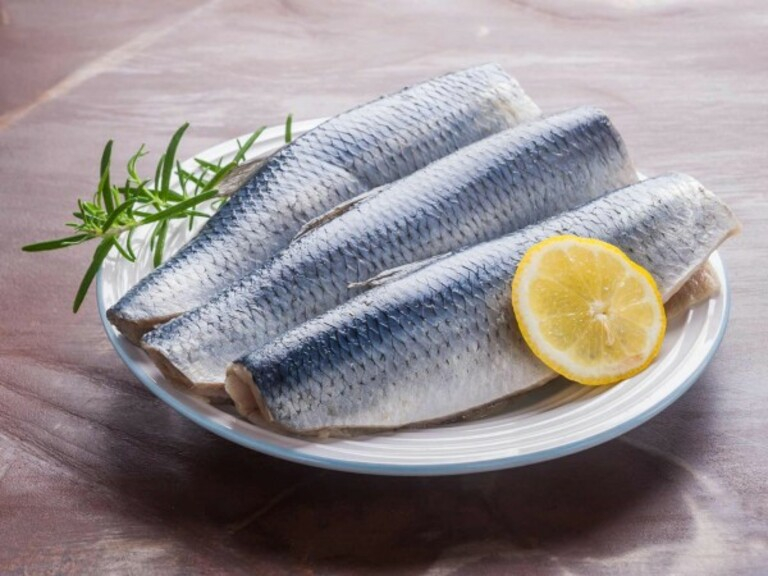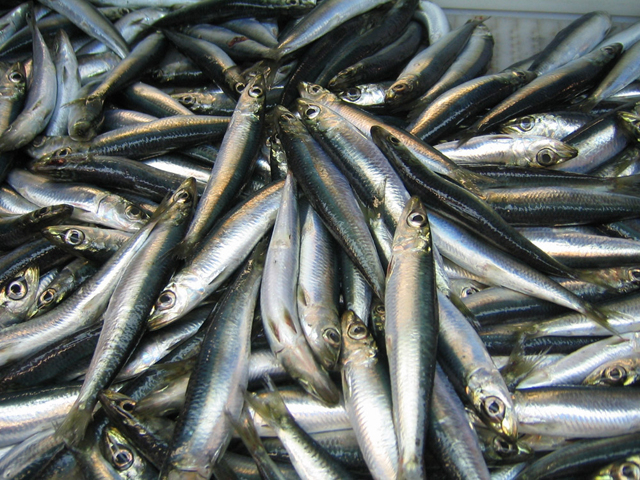Herring

Sardinella is the scientific name for herring, which belongs to the Clupeidae family of fish, which also includes the sardine, hilsa sardine, menhaden, and shad families. The Atlantic, Indian, and Pacific oceans were mostly where the first herring was discovered in 1847. Herring lineages are now widely bred around the world. They turn into a food source that is rich in nutrients and promotes human growth.
Herring meat is highly solid, less fishy, and fattier than other meats, making it very meaty and delectable. Omega 3 fatty acids, a material that creates DHA to aid brain development, safeguard the heart, and lower blood pressure, are one of the essential nutritional components of herring. This fish is deserving of a spot on the list of nutritious meals to consume frequently. Red blood cell production is increased, inflammation is reduced, the danger of metabolic syndrome is decreased, healthy bones are encouraged, and the nervous system is nourished by herring.
A large number of healthy nutrients can be found in herring meat. They are therefore frequently employed in the preparation of delectable dishes and useful foods. However, in addition to having positive benefits for the body, it can also cause potentially severe symptoms when used improperly and at the recommended dosage. You should remove the fish's eggs, liver, and genitalia before using it. Particularly during the fish's breeding season, these components are highly toxic.
















